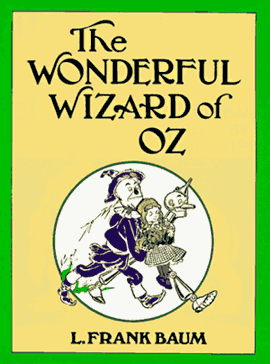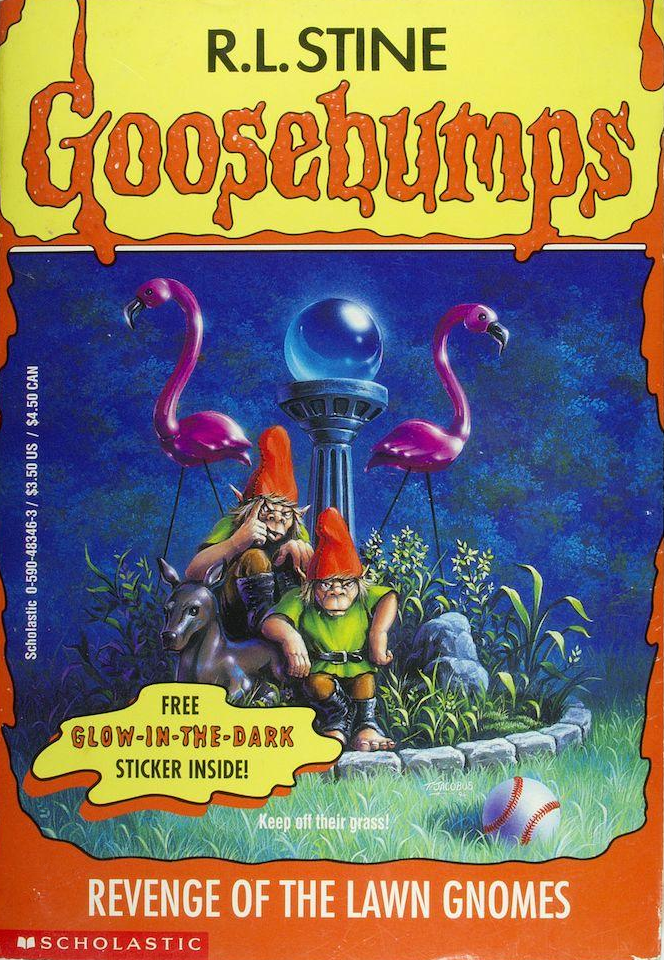If you haven't read it, and think you might want to, I'll give you a quick heads up.... this post contains SPOILERS!!!
The Illustrated Mum is a story about two sisters Star and Dolphin, and their mum Marigold. Marigold is no ordinary mum, she's creative, covered in tattoos, likes to party, and dresses like a teenage girl. There is nothing of the traditional mum about Marigold! But there's something else you need to know about Marigold, she has bipolar disorder.
Jacqueline Wilson has always tackled tough, and you might even say taboo, subjects in her literature for children; adoption, loss, broken families and mental health issues being just a few. Although she had a conventional and happy upbringing Wilson has an amazing ability to enter the heads of children in tough situations and really sympathise with their issues, worries and concerns. She tackles tricky subjects with honesty, compassion and huge emotional complexity. Her characters jump off the page at you, and are so appealing that you just can't help but fall in love with them. Wilson's books are life-lines for children suffering with the same issues as her characters, giving them encouragement and telling them it will be ok. Even if those issues are just the trials of growing up, Wilson is there for her readers. I would certainly put her up there with J.K Rowling as an author of life-saving books!
Seen through the eyes of the youngest daughter Dolphin, The Illustrated Mum charts the peaks and troughs of a parent with bipolar disorder. We see Marigold at her best and her worst, and everything in between. It is a candid look at mental health and how it effects not just the sufferer but the people around them.
A major cause of Marigold's unhappiness is her break up with Star's father Micky. She holds on to his memory, hoping that he will come back to her, but when he finally does return, he only wants his daughter, Star. The pain this causes Marigold sends her into a dark place, and it is here that this book takes on a whole new light. We are introduced to Marigold's manic episodes quite gently, with her obsessions with Micky and her tattoos, and her childlike behaviour. But as the book continues we frequently see her drinking far too much, and neglecting her children. At no point however, does Wilson imply that Marigold is a bad mother to her girls, and you never feel like you should dislike her. Marigold doubts her own abilities as a mother, but we are never explicitly told that she is a terrible mum. Dolphin is constantly reassuring her that she is good enough and that they love her very much, a reminder of the unconditional love between child and parent, despite the problems they might face. Star on the other hand, the elder of the two girls, is very aware of her mother's "bad behaviour". She has had to take on the role of "mother" instead, looking after Dolphin and Marigold as well as her school work, and she works very hard at both. Often having to make sure that she and her sister eat, she is a much more reliable mother figure than Marigold is. So when Micky appears in her life and offers her a "normal" life, away from the stresses of looking after Marigold she jumps at it! She leaves her mum and sister behind to go to Brighton to live with her Dad. She is supposed to take Dolphin with her, but ever loyal to Marigold, she refuses to go.
This is when the story changes. At the loss of both Micky and her daughter Marigold's bipolar disorder becomes markedly worse, and eventually she has a breakdown. Dolphin finds her in the middle of night, painted head to toe in white gloss paint, almost glowing in the darkness; a ghost. The passage is quite frightening, and the spectral imagery is haunting. You feel for this child, who has no choice but to deal with the horrific events unfolding in front of her. Trying to wipe out her tattoos in an attempt to become what she considers a "normal" mother, Marigold has painted herself white, and refuses to move until the paint has dried, muttering to herself and staring into space. A panicked Dolphin tries to get the paint off of her, but both the stubbornness of the paint and the stubbornness of Marigold prevent her from doing so. She has to call an ambulance and Marigold is hospitalised.
Still in primary school, Dolphin has to deal with so much, far too early. Wilson's ability to get into the head of her characters really allows you to feel what Dolphin is feeling, especially as the book is written from Dolphin's point of view. Reading this book as a child I don't remember this scene as quite so horrific. As an adult I actually found it quite disturbing, and I felt a great emotional pull towards Marigold, as well as Dolphin. I think Jacqueline Wilson deals with the issue of mental health in a sensitive and non-judgemental way. We are never seeing Marigold as just her illness, but instead as a person. We are constantly reminded that she is a woman, through the repeated motif of her tattooed body. Each chapter is named after, and features, one of Marigold's tattoos, making her body the structure of the story itself. Although the story focuses on her mental health issues, Wilson also portrays her a real person; someone with a huge personality and enormous creative flair. As an adult reader I found the character of Marigold hugely appealing, whereas I think a child reader would feel much more drawn to the girls.
We are only just breaking down the taboos concerning talking about mental health, and its 2016! Jacqueline Wilson wrote The Illustrated Mum in 1999! You could say she was ahead of her time in some respects. These days teen fiction deals with mental health issues quite freely, but in 1999 a book aimed at an even younger audience was addressing one of the biggest issues of our time, and doing it with style, sensitivity and care.
Thanks for reading, L x


























